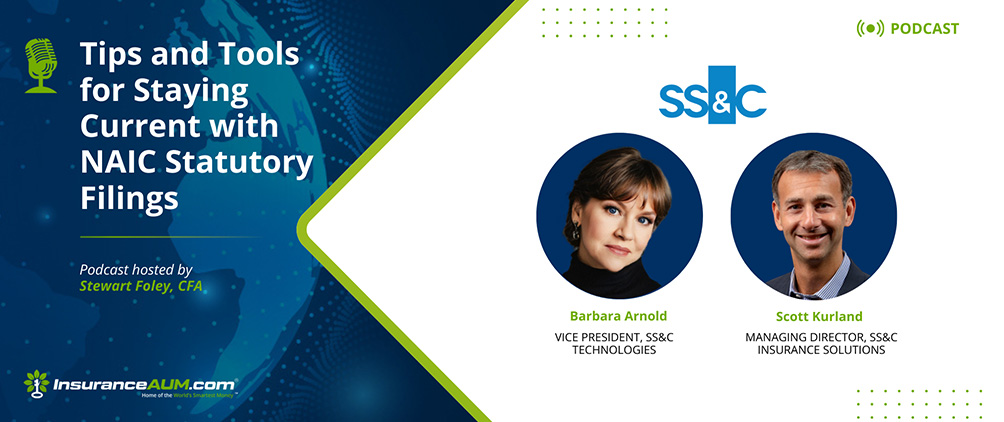SS&C Technologies
SS&C Insurance Solutions Presents, Singularity™, for market-leading, AI-powered insurance investment accounting, operations, analytics and reporting. With more than 35 years of industry experience, a deep bench of tenured experts and a modern, cloud-based mobile friendly platform SS&C thrives on complexity -- processing both public and private investments while delivering unparalleled levels of operational efficiency, full transparency, post trade compliance and regulatory reporting, accounting flexibility and actionable insight through your choice of operating models (SaaS, outsourced or co-sourced).
Dennis Moore
Senior Sales Executive
Dennis.Moore@sscinc.com
860-214-9580
80 Lamberton Road
Windsor, CT 06095
Image





